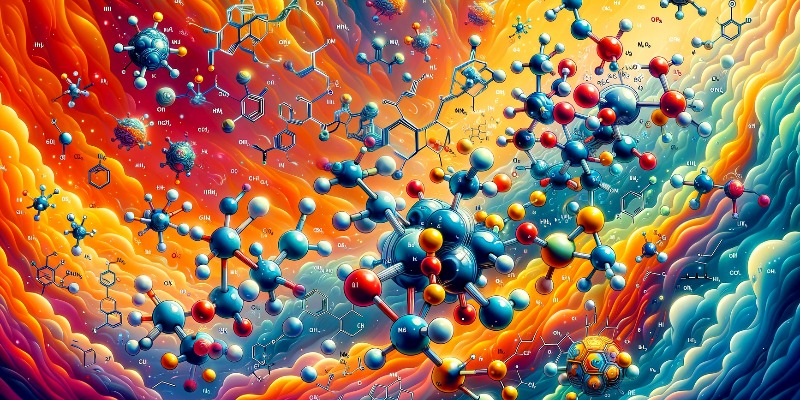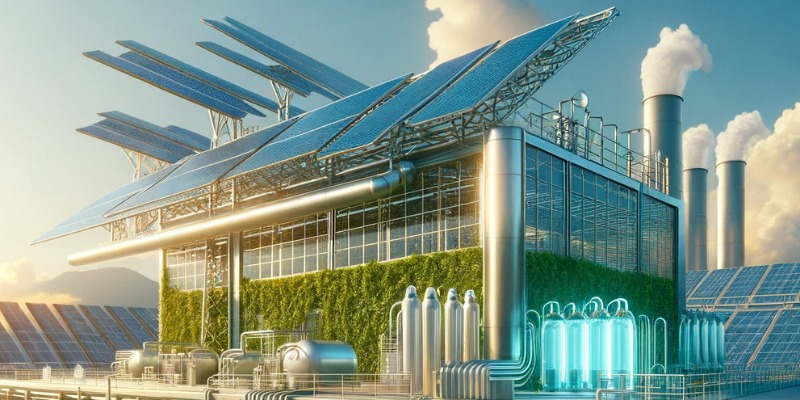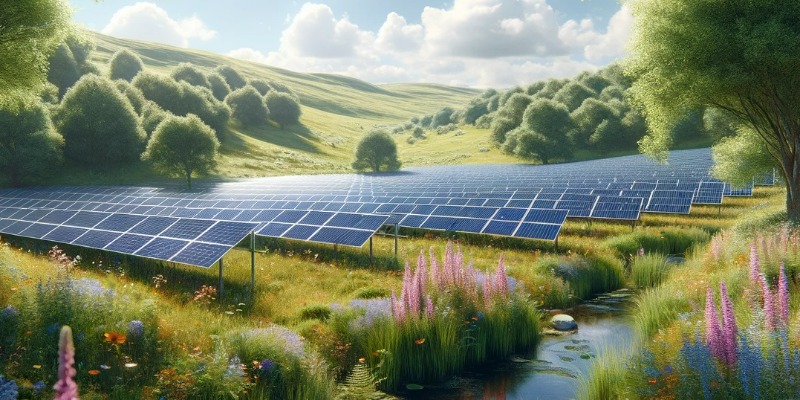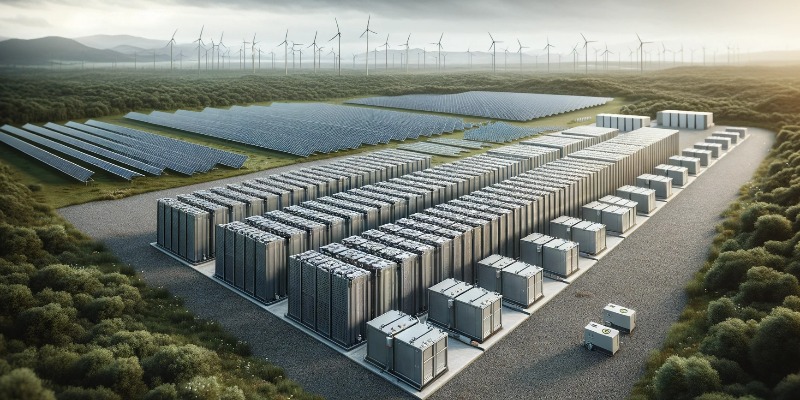- Technical Context of the Analysis of Siloxanes and Terpenes
- On-site analysis with gas chromatography for biogas
- Experimental Set-up and Results
- Operational Perspectives for Biogas Control
- Towards the Optimization of Renewable Energy Resources
- Strategic Collaborations for the Promotion of Innovation
- Final Conclusions
Towards Efficient and Sustainable Use of Renewable Energy Resources through Gas Chromatography Technology
by Marco Arezio
In the context of renewable energy, biogas represents a valuable alternative source, resulting from the anaerobic digestion of organic materials such as agricultural and municipal waste, sludge and food waste. This process produces a mixture mainly composed of methane (CH4) and carbon dioxide (CO2), used mainly to fuel combustion engines.
However, the presence of compounds such as siloxanes and terpenes in biogas can seriously compromise the efficiency and life of the equipment used for its energy valorisation.
Technical Context of the Analysis of Siloxanes and Terpenes
Siloxanes, resulting from silicon-containing materials found in waste, can cause the formation of harmful deposits on internal engine components during combustion, significantly reducing their efficiency and useful life. Similarly, terpenes, released from the fermentation of citric and coniferous fruits, can mask the smell of odorant additives in natural gas, complicating monitoring the quality of biogas.
To maintain equipment efficiency and ensure safety, it is essential to monitor and control the concentration of these compounds in the biogas. Regulations, such as EN 16723-1 & 2, establish maximum limits for the presence of silicon, requiring precise and reliable analytical solutions.
On-site analysis with gas chromatography for biogas
The specific gas chromatographic system for biogas represents an advanced solution for the real-time monitoring of siloxanes, 'Total Si' and terpenes directly on site. Thanks to its ability to carry out continuous measurements 24/7, this instrument allows you to promptly identify an increase in concentrations of these substances, thus avoiding breakdowns and minimizing maintenance costs.
Unlike traditional laboratory analysis methods, which lead to significant information delays and high costs, this machine offers fast and reliable analysis directly in the field. This not only allows you to optimize the use of filters, but also ensures the protection of the engines and the operation of the systems within the specified gas quality limits.
Experimental Set-up and Results
The specific gas chromatographic system for biogas operates via a by-pass set-up connected directly to the gas pipe. The analysis takes place in two phases: an initial chromatographic separation followed by a second ion-mobility separation, ensuring precise determination even at low concentration levels.
With run times dependent on the compound analyzed, but not exceeding 60 minutes, the system guarantees high accuracy and ease of use for on-site recalibration.
Operational Perspectives for Biogas Control
The monitoring provided by the biogas gas chromatography machine, with its excellent selectivity and sensitivity, significantly extends the useful life of energy generators, reducing reinvestment costs and service interruptions.
Furthermore, the automatic operation and robustness of the equipment make it ideal for direct installation in the field, facilitating optimal management of renewable energy resources.
The adoption of innovative technologies such as this gas chromatography machine for the in situ analysis of siloxanes and terpenes in biogas represents a fundamental step towards effective management of renewable resources. These tools not only improve the operational efficiency and safety of biogas plants, but also contribute to environmental sustainability by reducing the impact of pollutants on renewable energy systems.
With this in mind, it is clear that the implications of this technology extend far beyond simple equipment maintenance and protection. The ability to accurately and timely monitor the presence of siloxanes and terpenes in biogas embodies a key element in the transition towards a more sustainable and circular energy model.
Towards the Optimization of Renewable Energy Resources
The integration of advanced analysis systems, such as the biogas gas chromatography machine, paves the way for more efficient use of renewable energy resources. By continuously monitoring the quality of the biogas, plant operators can optimize filtration and purification processes, minimizing waste of filter material and maximizing energy production.
This operational efficiency not only lowers operating costs, but also contributes to a reduction in greenhouse gas emissions, aligning with global environmental sustainability goals.
Strategic Collaborations for the Promotion of Innovation
Success in the implementation of advanced technological solutions in the biogas sector depends on collaboration between different actors. Universities and research centers can play a crucial role in the development of new analysis methodologies and in the training of qualified personnel.
At the same time, plant operators can share practical feedback to further refine existing technologies, while regulatory authorities can update regulations to encourage the adoption of innovative solutions.
Final Conclusions
The in situ analysis of siloxanes and terpenes in biogas using the gas chromatographic system specific for biogas represents a significant example of how technology can support the transition towards a greener and more circular economy.
By reducing the environmental impact of using biogas and improving its energy efficiency, this technology not only benefits plant operators but also contributes to global efforts to combat climate change.
As the world continues to shift towards cleaner, more renewable energy sources, technological innovation will remain at the heart of this shift, driving progress towards a sustainable future for all.



